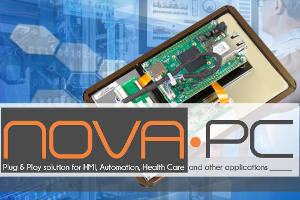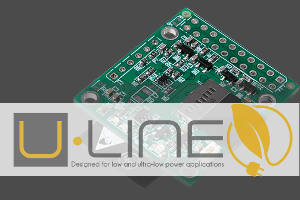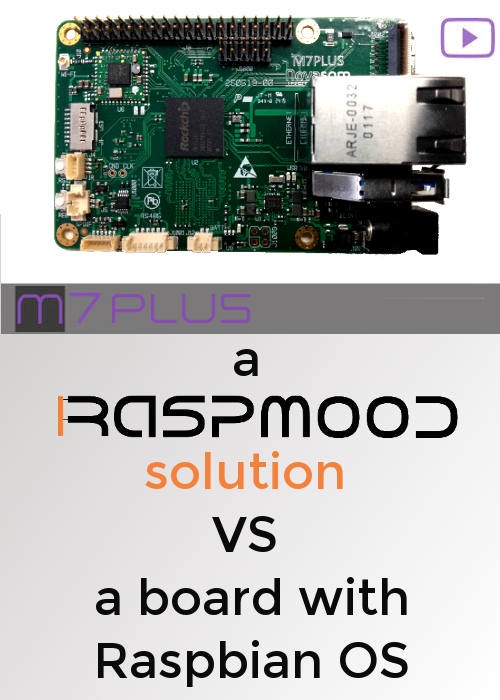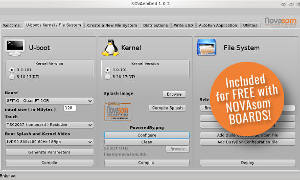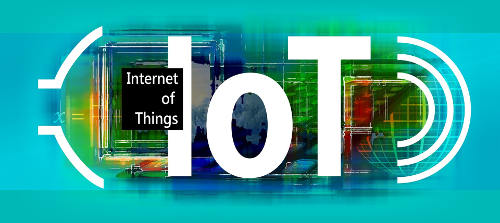(request for new user)
Clean Shutdown manager
Any Debian like OS continuously writes data on the microSD. If (when) an unexpected power-loss happens, during one of those cycles, data corruption will occur for sure at logical level and highly-probable at hardware level with all the consequences (example: microSD “burned”).
Any operating system manages the hardware of the board where it's installed. That is valid for Windows as for Linux. So, any hardware access to disk, USB or microSD-flash memory, however requested, from the application or from the OS itself, needs to be scheduled, passing to the OS scheduler that may take its time, from seconds to minutes, depending on a lot of unpredictable factors like the global software charge and the hardware resources... really unpredictable. If a power interruption happens in the time between the application's- OS request to write (it could be almost continuous) and the effective writing, we can lose data and-or corrupt a file. Worse, if the unexpected power-off happens while writing a 4-bit SDIO (like a microSD) with an 8-bit word (like on any microprocessor), we can corrupt all the repository, getting the well-known events of a "broken microSD" in the field, typical of the "fruity" community board.
The only way a real 24/7 operation (our famous “Switch On and Forget”), can be reached is by creating your own external backup system or by using the existing built in Novasom proprietary feature known as Clean Shutdown Manager. Any Novasom M series board, comes standard with a LIPO battery charger (3V7@100mah), and its power is managed in parallel with the power rail going to the CPU-ram-EMMc flash memory group. A re-routable GPIO can be implemented by the customer as a watchdog for the power fail events, by bridging the 5V rail, to assure maximum flexibility in the Raspmood approach that will allow the customer to swap the community board, which may have been used for initial concept feasibility analysis, with a more reliable industrial Novasom board. Then the customer is totally free to manage the SW events, using the battery power that keeps the CPU alive, giving to the OS all the time needed to properly write any task. The Novasom in this condition will not power the USB or the display port, so its consumption is down to approximately 150 mA, giving, with a 1A battery, approximately 6 hours of time to manage the event. If needed a larger battery can be used, without any problems. This is our idea of reliability.


